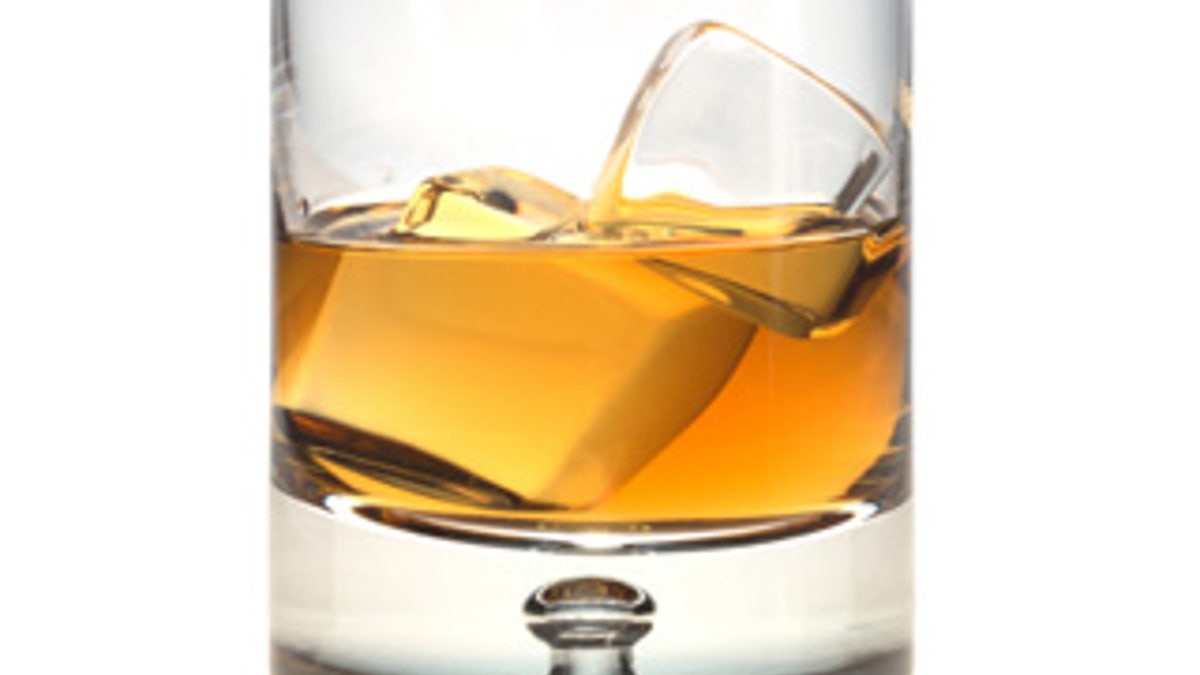
Bourbon's one of those subjects that tends to inspire strong opinions. Maybe it's the effect of the bourbon itself, but there are some bourbon extremists who claim that the very existence of the United States as a sovereign nation owes something to corn liquor.
We'll stay out of that debate, but it can't be denied that bourbon whiskey is the U.S.'s only native spirit, made as it is from corn, rye (or sometimes wheat) and malt (also known as yeast).
Bourbon's definition, and how it differs from other whiskies, is the source of some confusion, so we'll start with the basics: Bourbon is a whiskey (not "whisky," which is the Scottish spelling — although Maker's Mark does spell its name "whisky" because it uses a process similar to that of Scotch) that is made with at least 51% corn. It must be aged in new white oak barrels that have never been used before, the insides of which get charred with a torch before being filled with the liquor for aging. In order for a drink to be called bourbon, it can't have any flavor or color additives: just corn, water, wheat or rye, malt, and the coloring effects of the inside of a charred oak barrel. Finally, bourbon has to be between 80 and 160 proof (although, very few clock in above 130).
Now that you have the basic definition down, here are five things you didn't know about bourbon.
1- Bourbon can be made anywhere in the world
Many people assume that because bourbon is named after Bourbon County, Kentucky, where it was first made in the 1800s, that it must be made in Kentucky to be called bourbon. After all, isn't Jack Daniel's basically the same thing, only it's made in Tennessee? That's a common misconception. Whiskey can be called bourbon no matter where in the world it's made — it just has to be made according to the rules we laid out above. So why is JD's not bourbon? Because it's filtered through maple wood charcoal before being aged in oak barrels, which is an extra step that isn't included in making bourbon.
2- Bourbon distillers can only use their barrels once
When bourbon distillers are done with the barrels they use to age the bourbon, they are reused to age other non-bourbon whiskys. Reusing the barrels makes sense, because they cost around $120 each. For example, Maker's Mark and Jim Beam send some of their barrels across the Atlantic to Scotland, where they're used to age Laphroaig single malt Scotch.
3- The official mint julep of the Kentucky Derby is not made with bourbon
Although virtually every mint julep recipe on earth calls for bourbon, the official julep of the Derby uses Early Times whiskey. Early Times is aged in the barrels second-hand barrels passed down from the Old Forester bourbon distillery, so it's not actually a bourbon.
More From AskMen.com:
— Fine Living: Liquor Endorsed by Locals
— Set Up Your Own Whisky Tasting
— Label Profile: Canadian Club
4- The weather during the aging process affects bourbon's taste
During aging, bourbon-filled barrels are kept in big, multi-storey warehouses called rickhouses. Rickhouses are very rarely climate-controlled, and depending on the outside weather, the wood barrels expand and contract, imparting different types of flavor into the liquor. The hotter the weather, the more the pores of the wood open up and impart their flavor — as a result, barrels stored on the top floor of the rickhouse, where it's hotter, will have a slightly different flavor than those stored on the bottom floor.
5- During World War II, bourbon distilleries were converted to make fuel alcohol and penicillin
Bourbon distilleries were shut down during Prohibition (which lasted from 1920 to 1933), and they barely had the chance to get back up and running when World War II started and the distilleries were repurposed to make recently invented penicillin. Penicillin is a product of fermentation, so distilleries were a natural choice for places to make it in mass quantities. Because of these historical disruptions to bourbon production, the market for the spirit didn't pick up again until the late 1980s.
